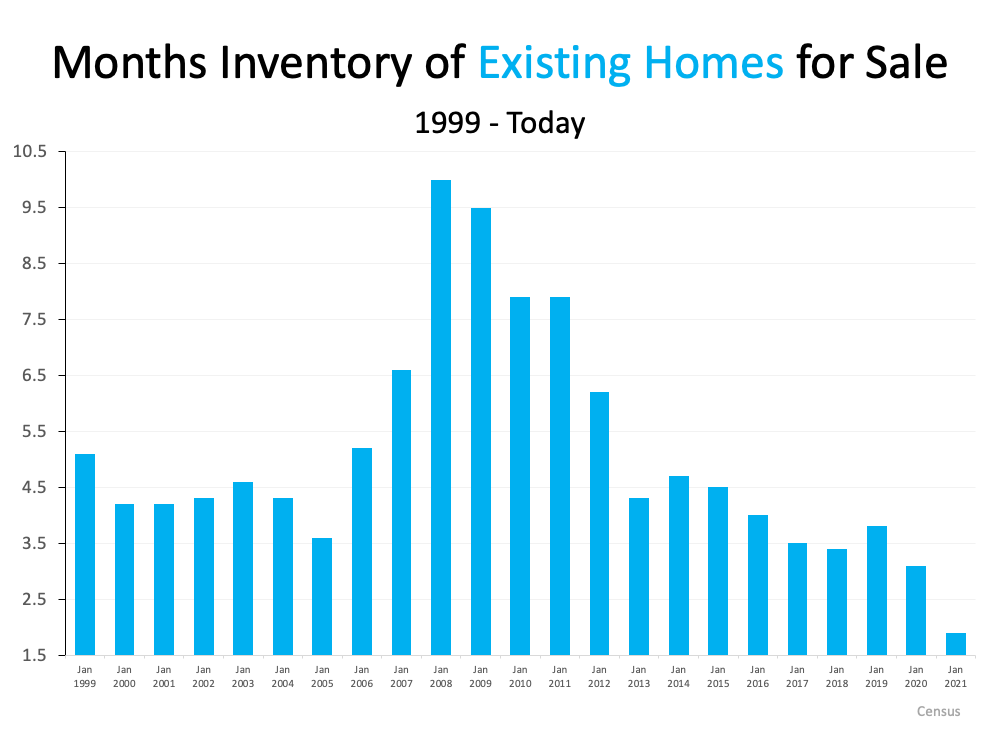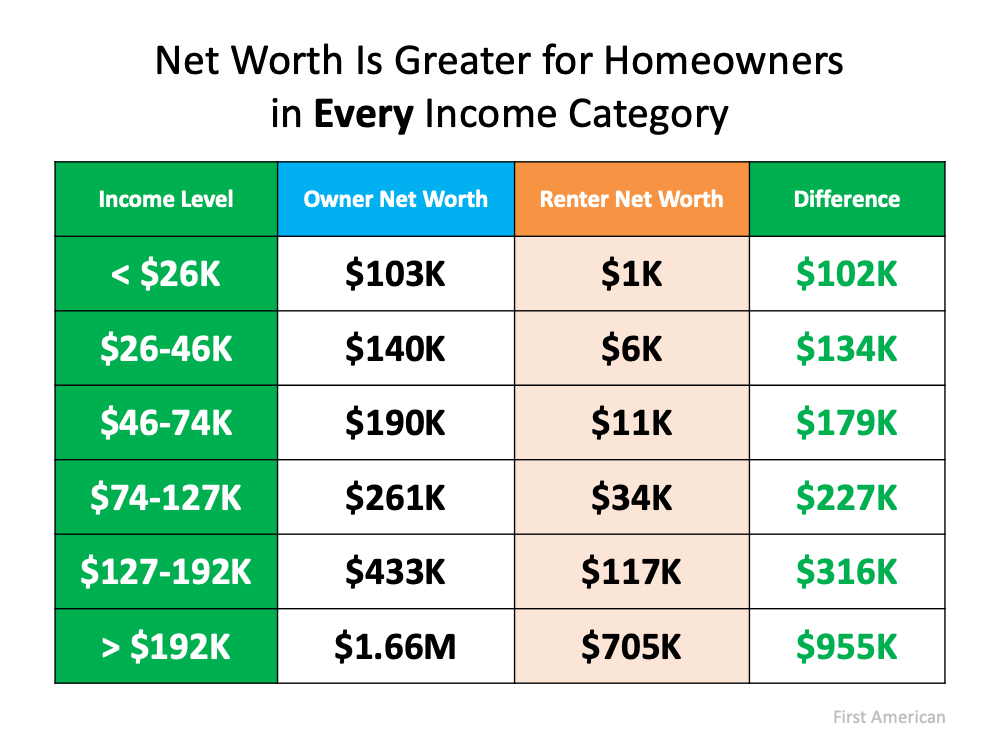Clever Uses for Useless Spaces
There are a lot of areas around the home that may seem kind of useless or wasted. Partial dividing walls, areas below (or even above) a staircase, or little nooks or alcoves that were created by the house’s unique design are all common examples. You might not think much about these areas, but if you consider them for a moment, you might see how they could be some serious missed opportunities. With a little bit of creativity, though, you can change all of that for the better.
That blank wall around a doorway doesn’t have to stay empty, and the space under the stairs isn’t just for boy wizards anymore. There are a number of ways that you can revamp these empty and otherwise useless spaces and make your home more functional and fun in the process. Here are just a few ideas to get you started.
Surfaces and Seating
Look around your home at the various nooks and crannies that seem to just be empty space. With a little bit of work, it’s easy to add seating, tables, desks, and more to these areas and make them much more functional. Once you start thinking creatively, a whole wealth of options opens up.
Some of the open space in your foyer could have benches added for you and your family to sit and get your shoes on in the morning, possibly with bins that slide under the benches to keep those shoes in when they’re not being worn. A little alcove could be a great place to install a small desk or computer workstation for homework, bill paying, creative writing, or even grabbing a quick bite to eat. You could even stick a chaise lounge or part of a sectional couch in a largely unused corner to give people a private place to wind down or relax. And this is just the tip of the iceberg.
Storage and Organization
Some of these seemingly useless places can be a great place to add storage solutions to your home. Shelves and cabinets can instantly transform empty walls, giving you additional storage even in the small spaces around doorways or in closets. Drawers are also great additions, as are sliding cabinet racks that pull out and then slide fully back into the wall. There are even more options available if you really want to get creative.
If your kitchen has a small dividing wall separating it from other rooms, consider adding a built-in wine rack within it to hold a few of your favorite bottles. A pull-out vertical cabinet next to the sink or stove can also be a great area to add a spice rack or store cutting boards. Bookcases are relatively easy to install, and if you have a large unused area, it might even be an ideal place to add a built-in pantry. Not only do details like these really liven up your home, but they can also help reduce clutter in other areas and make everything a bit more organized in general.
A Use for Every Space
You might be surprised at just how much space there is in your home for these types of projects. The options can increase even more if you start looking at the outside of your home or in the garage, too. While some projects might require a bit of work, others are simple modifications that can really go a long way toward improving both the look and functionality of your home.
If you aren’t sure where to start, consider bringing in an interior designer or general contractor to discuss what you want and see what your options are. HomeKeepr can help you find the right pro for the job, too. Sign up for a free account today to get connected with professionals in your area that can help make your renovation dreams come true. They may even be able to offer up suggestions you haven’t even thought of yet.









